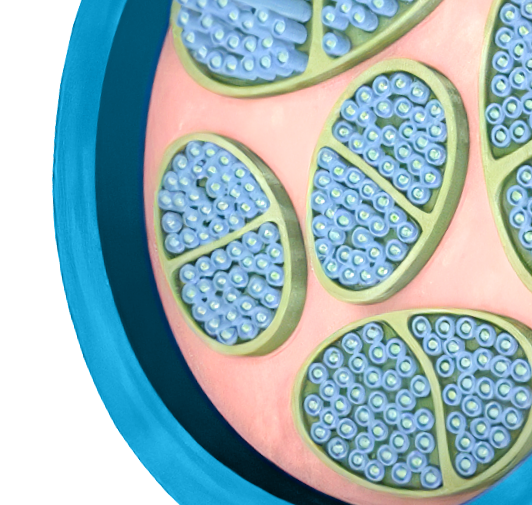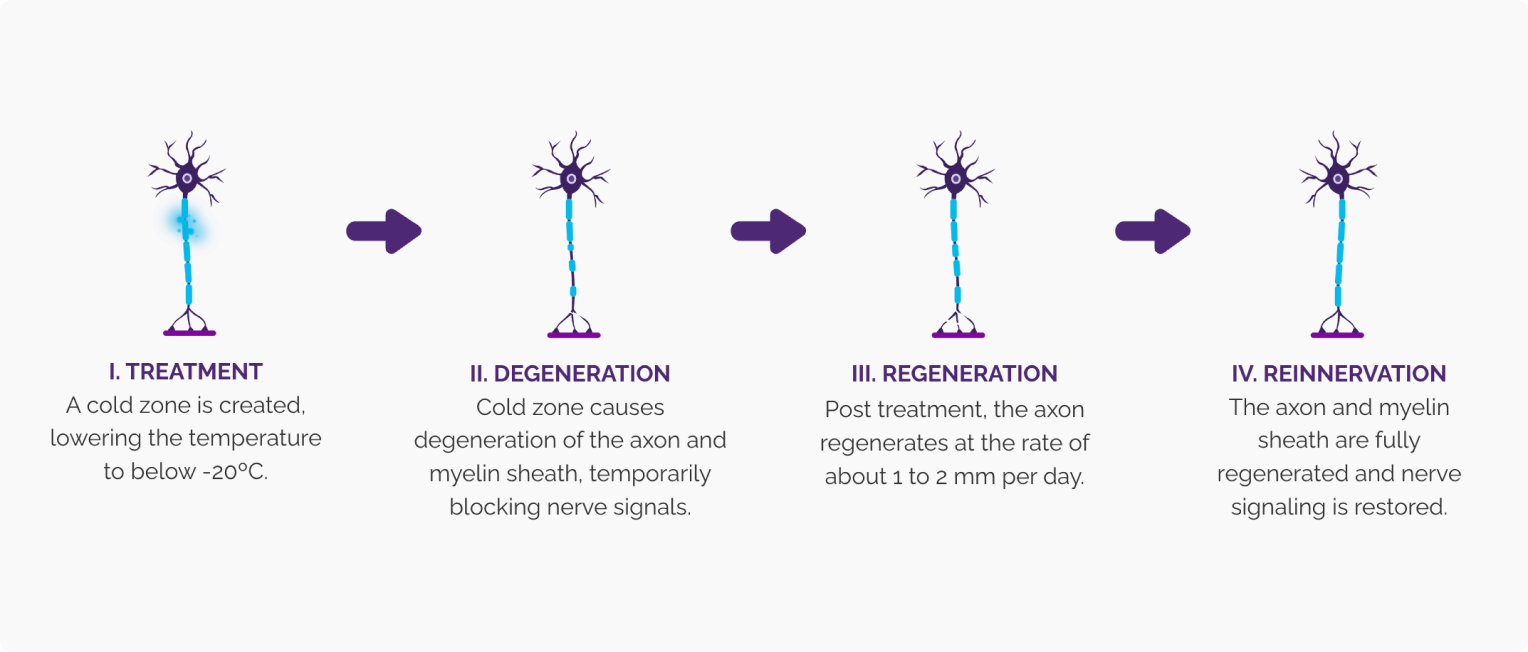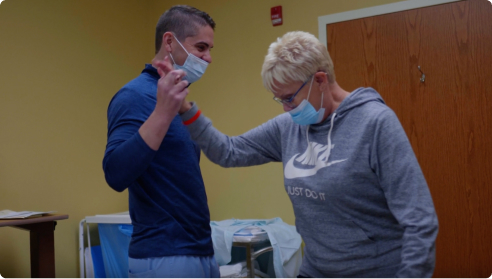
ioveraº
ioveraº uses extreme cold to temporarily stop nerves from sending pain signals to the brain.
The ioveraº system is a novel, FDA-cleared drug-free treatment that alleviates pain through a mechanism known as cryoneurolysis, which applies intensely focused cold therapy to a specific nerve to interrupt its ability to transmit a pain signal. Results can be felt immediately after ioveraº treatment with pain relief that can last up to three months, and in some cases longer, as the nerve regenerates over time.1
The ioveraº system is not indicated for treatment of central nervous system tissue.
How it works

Focused cold therapy

ioveraº temporarily freezes the targeted nerve, immediately blocking the nerve from sending pain signals to the brain.
Testimonials

Physician assistant, Mattie Collier, explains how she incorporates a non-opioid intervention applied in her office into her pain management approach to benefit patients undergoing knee surgery.

Paula describes her experience with knee pain and how she found relief with ioveraº before and after total knee replacement surgery.
Indication
The iovera° system is used to destroy tissue during surgical procedures by applying freezing cold. It can also be used to produce lesions in peripheral nervous tissue by the application of cold to the selected site for the blocking of pain. It is also indicated for the relief of pain and symptoms associated with osteoarthritis of the knee for up to 90 days. The iovera° system is not indicated for treatment of central nervous system tissue.
When stimulation compatible components are used, the iovera° system can also facilitate target nerve location by conducting electrical nerve stimulation from a compatible 3rd party nerve stimulator.
Important safety information
Contraindications
The iovera° system is contraindicated for use in patients with the following:
- Cryoglobulinemia, paroxysmal cold hemoglobinuria, cold urticaria, Raynaud’s disease, and open and/or infected wounds at or near the treatment site
Potential complications
As with any surgical treatment that uses needle-based therapy and local anesthesia, there is a potential for site-specific reactions, including, but not limited to:
- Ecchymosis, edema, erythema, local pain and/or tenderness, and localized dysesthesia
Proper use of the device as described in the User Guide can help reduce or prevent the following complications:
- At the treatment site(s): injury to the skin related to application of cold or heat, hyper- or hypopigmentation, and skin dimpling
- Outside the treatment site(s): loss of motor function
References
- Radnovich, R. et al. “Cryoneurolysis to treat the pain and symptoms of knee osteoarthritis: a multicenter, randomized, double-blind, sham-controlled trial.” Osteoarthritis and Cartilage (2017) p1-10.